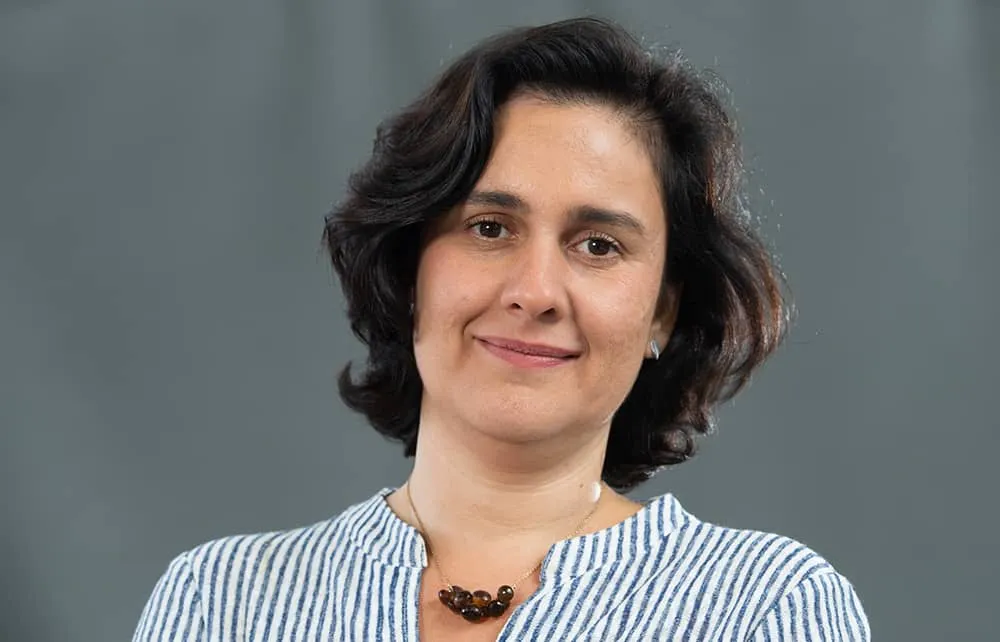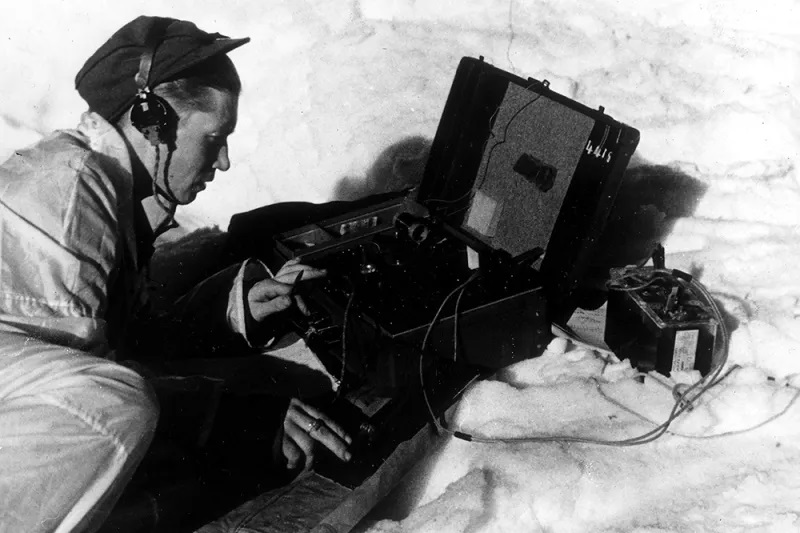When I think of Kamila Shamsie’s Home Fire, I picture a pot boiling on a hob, the water level rising until it spills over the lip and onto the stove. In Best of Friends, the author’s seventh novel, the tension is still there, but the bubbles are contained. It’s more of a simmer, gentle but insistent — not unlike the ‘shared subtexts’ that pass between the protagonists.
We first meet Maryam and Zahra as fourteen-year-olds. It’s the summer of 1988 in Karachi and the two girls are preoccupied with standard teenage stuff (budding bodies, boys) and the kind of concerns that sadly become standard when living under a “repellent dictator” (censored television, bomb and riot alarms, everyday violence). Maryam is wealthy, with a “casual attitude to academics.” Zahra is hard-working and needs to gain a scholarship if she’s to fulfill her dream of attending a top-tier university in Britain or America. The future looks bright when General Zia, who seized power in a military coup, dies, and a young woman, Benazir Bhutto, becomes prime minister. “It feels like more things are possible in the world than I’d believed,” says Zahra. Excited by the prospect of something new, she makes a snap decision at a party celebrating a democratic Pakistan that puts the two friends in a compromising position and sees Maryam shipped off to boarding school.
Shamsie, who was raised in Karachi and lives in London, sticks with the fourteen-year-olds in Pakistan until this fateful night, which takes place almost halfway through the book. The narrative then skips forward to 2019. The pair are living in London — Maryam in Primrose Hill, Zahra in “one of the unlovelier stretches” north-west. And yet Zahra has made herself ‘exactly what she’d wanted to be — someone.” Two back-to-back profiles reintroduce the characters: a pithy interview with Zahra, now head of the Centre for Civil Liberties, runs in the Guardian; another straighter interview with Maryam, a top venture capitalist, appears in Tech Capital News. In their forties, the women still have their differences, but they remain best friends and get together every Sunday.
If you’re worried that a novel about the longevity of childhood friendship sounds sentimental, don’t be. Tangled up with Maryam and Zahra’s relationship are questions of responsibility, justice, power and ethics. When Maryam joins an elite donor club that’s shamelessly pumping money into the UK government and which stands for everything Zahra has “spent her professional life fighting,” their faith in one another is tested. Life in London may seem simple compared with Karachi, but politics is politics. As Zahra tells the Guardian:
The British are too complacent that their democracy is so robust it can’t be weakened — things that would set off alarm bells in countries with histories of authoritarian rule are allowed to slide by with little noise here.
It’s the deep-rooted and complicated bond between the two women that keeps us turning the pages. Shamsie explores the changing nature of friendship, the way it consumes you when you’re young and later becomes about “being there” when it matters. Also, the way it clouds your judgment. Zara reflects:
The problem with childhood friendship was that you could sometimes fail to see the adult in front of you because you had such a fixed idea of the teenager she once was, and other times you were unable to see the teenager still alive and kicking within the adult.
Alive and kicking beneath the surface. Simmering gently.
This article was originally published in The Spectator’s UK magazine. Subscribe to the World edition here.

























